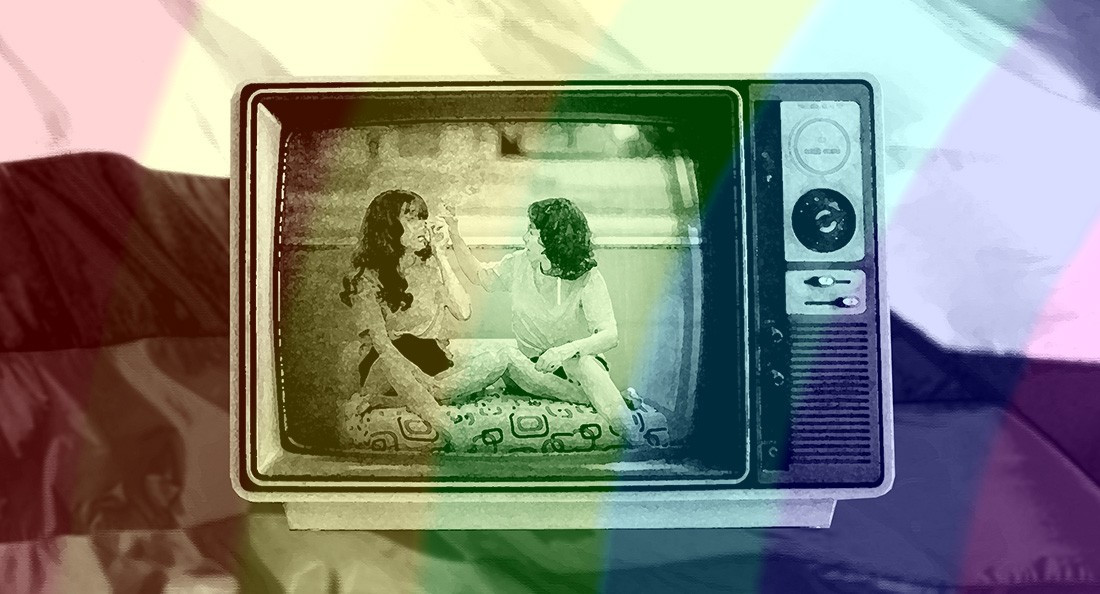Lez be honest
Queerly absent from cinema
It doesn’t sound like a big deal not to see yourself represented in the latest teen drama or popular blockbuster.
And in a way, it’s not significant in the way that basic rights are for the LGBTQ+ community. However, it does represent another level of belonging within society that straight people automatically have.
One of the reasons I didn’t realize that I was gay for such a long time is because I never saw myself reflected in media. I didn’t see girls who dressed or acted like me. What I did sometimes see were Hollywood’s lesbian prototypes – the short-haired, soft butch, the couple in matching denim cutoffs drinking cans of beer, the suited-up power dyke.
When there are gay women in movies and TV, they’re so pigeon-holed that we already know what to expect from them on the screen before they even say anything. Being gay is their character – it’s not, like in real life, just a part of who they are as a bigger person.
It seems like LGBTQ+ people have to make a choice to be a sort of caricature that people will understand, or to try to be their own person. But straight people have that freedom. Being straight doesn’t limit you to any personalities, hobbies, preferences – and being gay shouldn’t either, but that’s the message that’s out there.
LGBTQ+ people only get a couple of cookie cutter options to choose from, and if we don’t identify with any of them, we may start feeling like we don’t belong.
Even when we do see lesbian and
queer characters, they’re disproportionately killed off. This is such a well-known phenomenon that an online publication has compiled all 173 of them into a detailed list. And that might not sound like a lot, in the history of all the characters who have died in cinema, but when you consider how many we even get to begin with, it’s significant.
I don’t think any director goes and thinks, “someone’s gotta die – let’s make it the gay one.” They’re probably thinking we need to get rid of someone that the audience likes but isn’t overly attached to. And often the answer is the lesbian. But why are lesbian characters so dispensable?
Maybe it’s because the straight guys who tend to write and direct don’t feel as intrigued by a lesbian character. Blue is the Warmest Colour is toted for its honest depiction of lesbianism, and yet the girl ends up cheating with a dude. And guess what? It’s directed by a man.
There’s isn’t going to be a straight sex scene with a lesbian character, ever. She doesn’t have the same holding power, the same potential story arc as a straight character. And when it comes to gay characters in shows and movies for youth and teens, we seem to have collectively agreed that it’s safer or morally better not to show kids what queerness is.
And then all of these queer kids and youth are sitting there wondering, ‘where is someone like me?’
Published in Volume 71, Number 18 of The Uniter (February 2, 2017)







